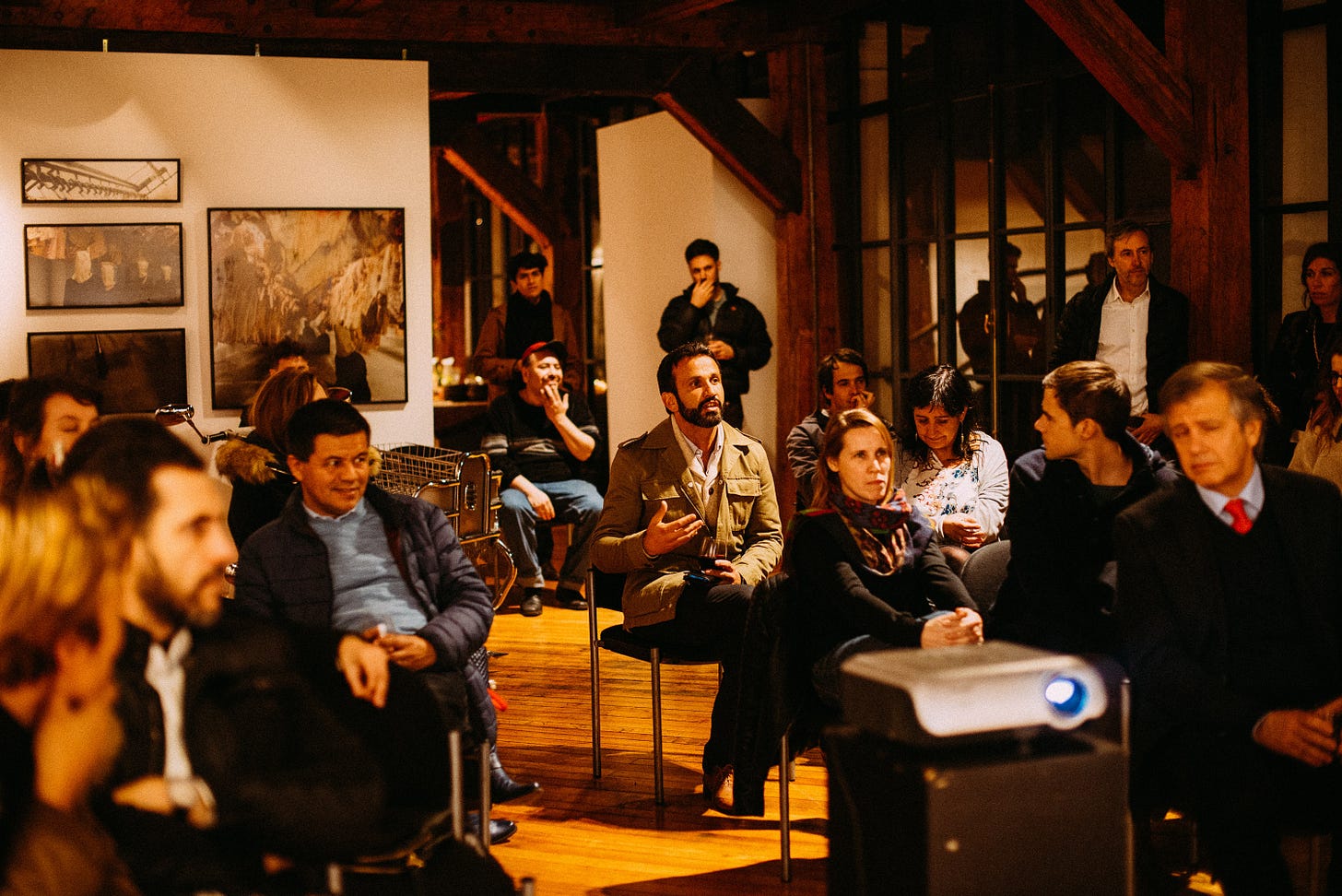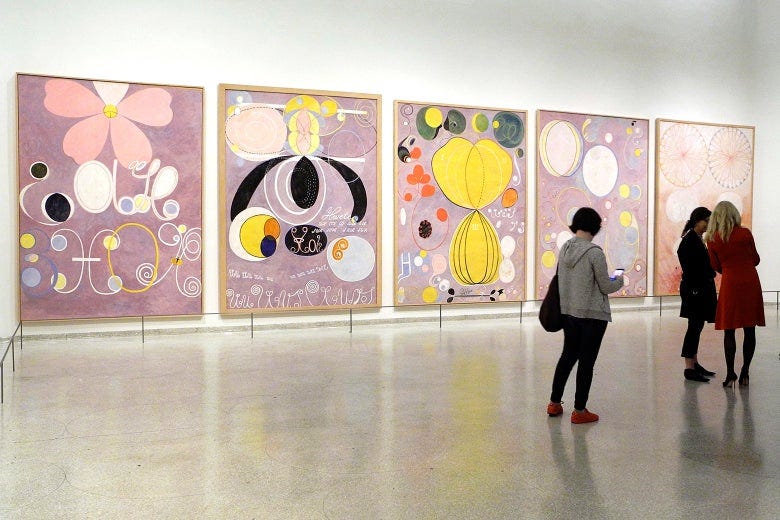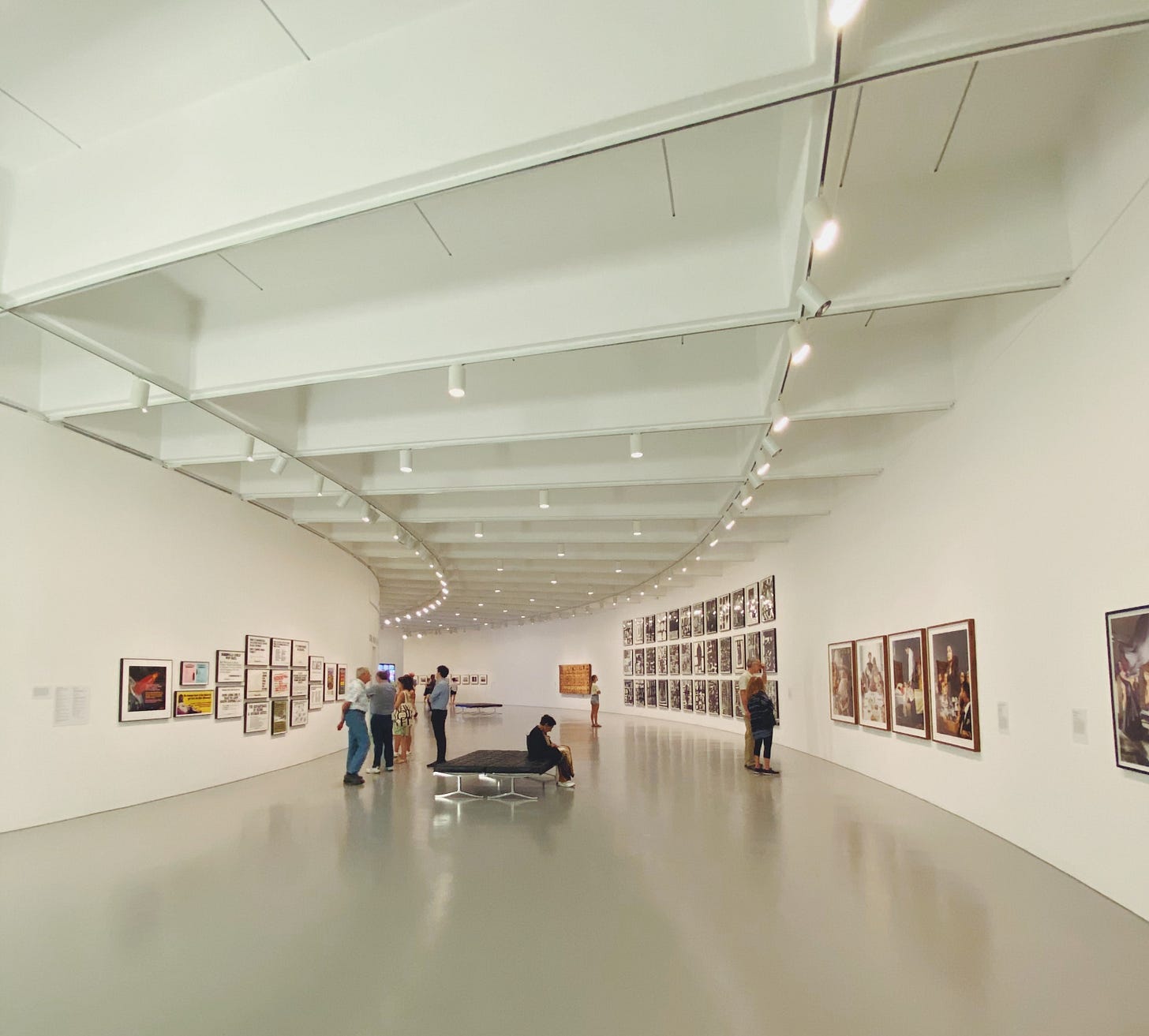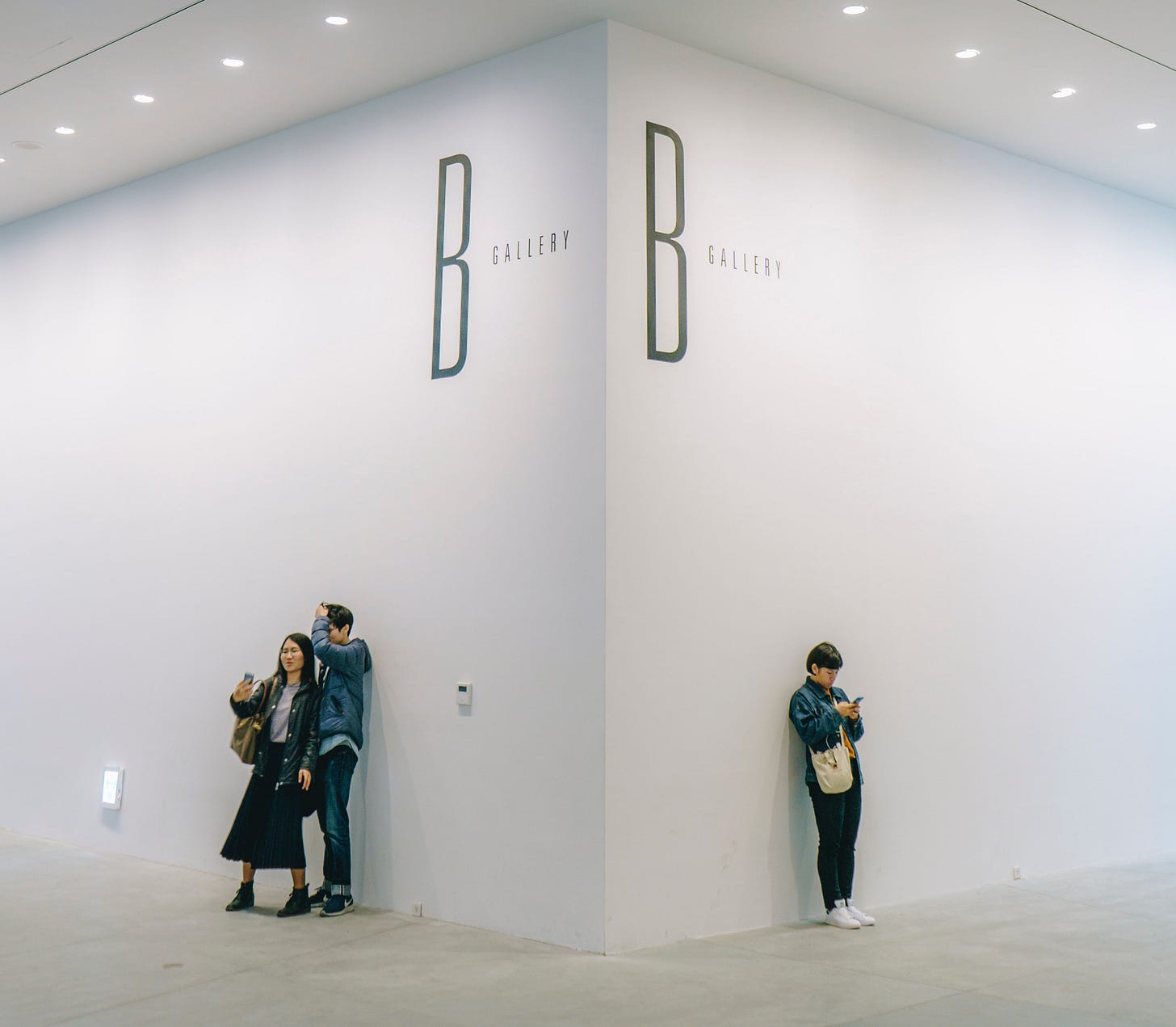Networking in the Art World: A Practical Guide
The first time Sarah Chen walked into an art gallery opening in Portland, she felt like an outsider looking in. Clusters of well-dressed people engaged in animated conversations about exhibitions she had never seen, dropping names she did not recognize. She clutched her wine glass like a shield and wondered if she had made a terrible mistake in coming.
Three years later, Sarah's paintings hang in two local galleries. She has just returned from a prestigious residency in Abu Dhabi, and she regularly collaborates with artists she once admired from afar. The difference? She learned to navigate the intricate web of relationships that form the backbone of the art world.
Let me take you through Sarah's journey and share the strategies that transformed her from an outsider to an active participant in her local art scene.
Starting Local: Mapping Your Art Ecosystem
Sarah's first breakthrough came when she stopped thinking about "networking" and started thinking about "community mapping." She began by creating a simple document on her phone, noting every gallery, museum, arts organization, and cultural space in her city.
During her regular coffee shop visits, she started chatting with the barista who curated the cafe walls with young artists' work. Last Thursday evening, she discovered the owner hosted monthly artist meetups at her local art supply store. These seemingly peripheral spaces often served as informal hubs where artists gathered, and connections formed naturally.
Practical Tip: Create your art ecosystem map. Include:
- Galleries (commercial, nonprofit, alternative spaces)
- Museums and cultural institutions
- Art supply stores and frame shops
- Cafes, business centers, and businesses that display local art
- Educational institutions with art programs
- Artist-run spaces and collectives
- Local art publications, web portals, and blogs
The Art of Showing Up
"The hardest part was walking through the door that first time," Sarah recalls. "But I made myself a deal: I would attend at least one art-related event every two weeks, even if I only stayed for 30 minutes."
She discovered regular attendance at openings, artist talks, and workshops made her a familiar face. People began recognizing her, and casual "hellos" became genuine conversations. She learned to arrive early at openings when the atmosphere was calmer, and gallery staff had more time to chat.
Event Navigation Strategy:
1. Research the artist or exhibition beforehand
2. Prepare one thoughtful question or observation
3. Position yourself near conversation clusters rather than walls
4. Look for solo attendees – they're often more open to conversation
5. Follow up with a social media connection or email within 48 hours
The Residency Game-Changer
Sarah's application to the Abu Dhabi residency seemed like a long shot, but she approached it strategically. She attended a grant-writing workshop at her local arts council and learned that successful residency applications often emphasize community engagement alongside artistic merit.
She contacted previous residents through social media, asking about their experiences. Their insights helped her tailor her application to the program's values and mission. The acceptance changed everything – three months in a new environment with fifteen other artists and curators created relationships that continue to enrich her career.
Residency Application Tips:
- Start with local residencies to build your application CV
- Document your community involvement and collaborative projects
- Create a compelling project proposal that aligns with the residency's mission
- Request recommendation letters from established artists or curators you've built relationships with
- Apply to multiple programs but customize each application
Cultivating Gallery Relationships
Sarah's relationship with her first gallery began long before they represented her work. She regularly attended their openings, engaged thoughtfully with the exhibitions, and followed their artists' careers. She was not a stranger when she finally approached them with her portfolio. Professional relationships are like personal ones – people value personality, not just skills.
Gallery Relationship Building:
- Research galleries that show work like yours in style or price point
- Engage with their social media content meaningfully
- Attend their openings and events consistently
- Develop a professional portfolio and artist statement (more in December's article)
- Be prepared to discuss the business aspects of your practice
Curating Your Digital Presence
While building personal connections, Sarah maintained an active presence on social media. She used Instagram to document her process and connect with artists globally, and she did so strategically. Rather than merely posting finished works, she shared her artistic journey, including residency experiences, studio visits, and collaborations.
She also joined several online artist communities and participated in virtual studio visits. These digital connections often translated into real-world opportunities, including an invitation to participate in a group show in Seattle after a curator discovered her work online.
Digital Networking Essentials:
- Keep your professional website updated with current work and contact information
- Use social media to document your artistic process and engagement with the art community
- Join online artist groups and participate in virtual events
- Share others' work and opportunities generously
- Engage authentically with your online community
Nurturing Long-term Relationships
Sarah discovered that the real art of networking lay in the follow-through. She kept a simple spreadsheet tracking her professional relationships and made sure to check in periodically with contacts. When she encountered opportunities that weren't right for her, she forwarded them to other artists in her network.
Success in the art world isn't just about talent or even connections. It's about being a genuine part of a community. The more you contribute to that community, the more it gives back.
Relationship Maintenance Strategies:
- Keep records of important conversations and follow-ups
- Share relevant opportunities with the community
- Attend important exhibitions and events of your contacts
- Offer congratulations for achievements and support during setbacks
- Collaborate and cross-promote when it makes sense
Conclusion
Networking in art is ultimately about building authentic relationships within a community you genuinely care about. Sarah's journey from nervous newcomer to engaged artist wasn't about collecting business cards or strategic social climbing. It was about finding her unique place in a complex ecosystem of artists, curators, gallery owners, and art lovers. The key word here is authenticity. Always remain yourself; no one requires you to become an extrovert if you're an introvert. No one recommends artificial smiling or gaining attention through gossip or intrigue. Be yourself but be out there. Look at your career professionally. Stories in art history about accidentally discovered reclusive artists are either fake or very rare cases – like winning the lottery. And even if you won a million – you would still have to learn to communicate (or hire an active personal manager).
Good English proficiency is a must. Learning the local language is also necessary if you want to establish yourself in non-typical markets (France, for example).
Remember that every established artist was once a newcomer. Few people have innate charisma, and the internet provides information on how to develop it. The most important thing is to start, maintain a positive attitude, and enjoy pursuing your goals. The relationships you build today may lead to opportunities you cannot imagine yet.
The art world is built on relationships. Remember this: every time you see a banana in a store, someone sold one for $6.2 million.





